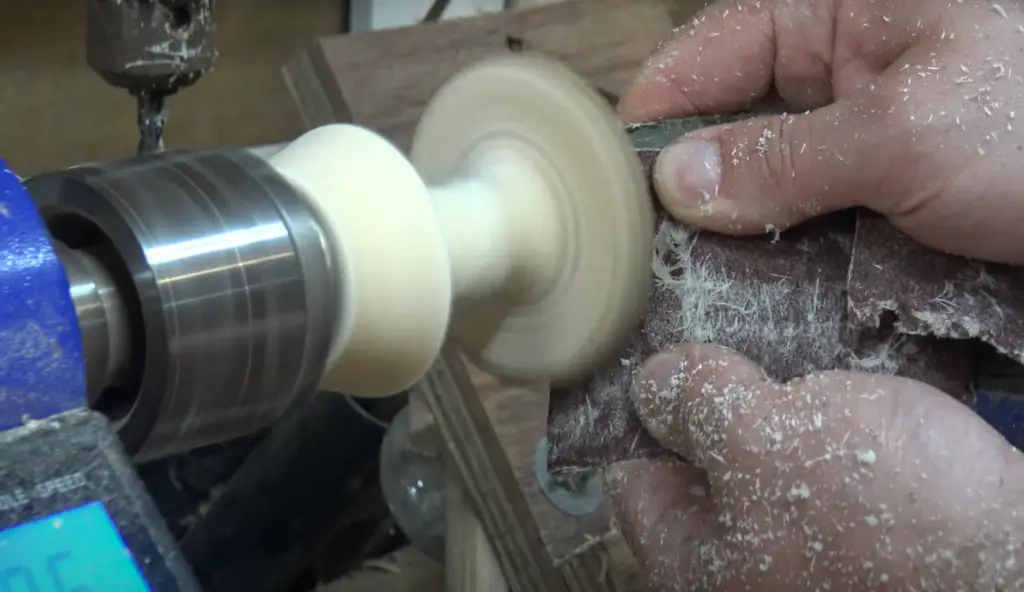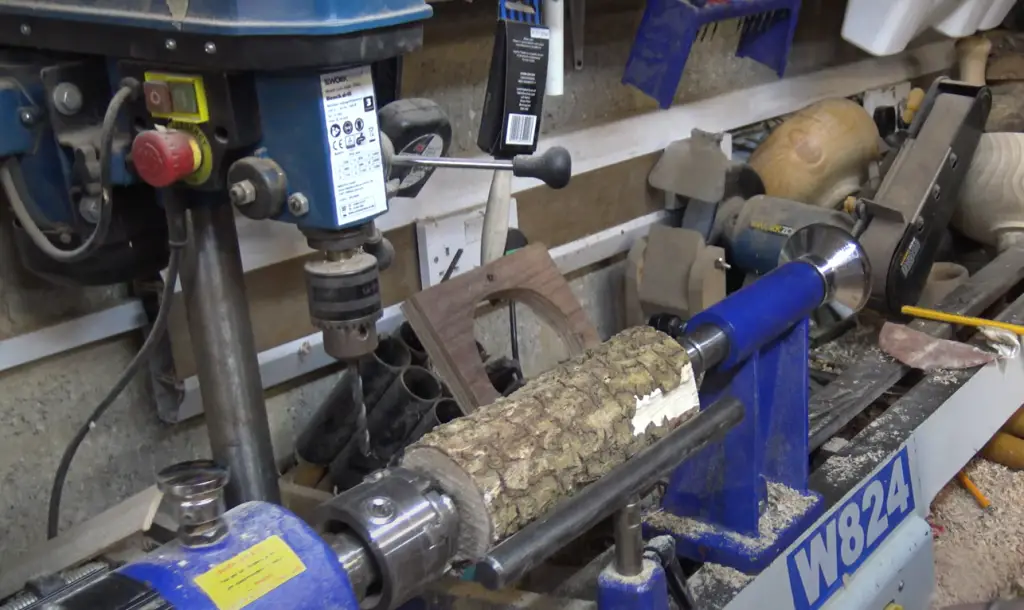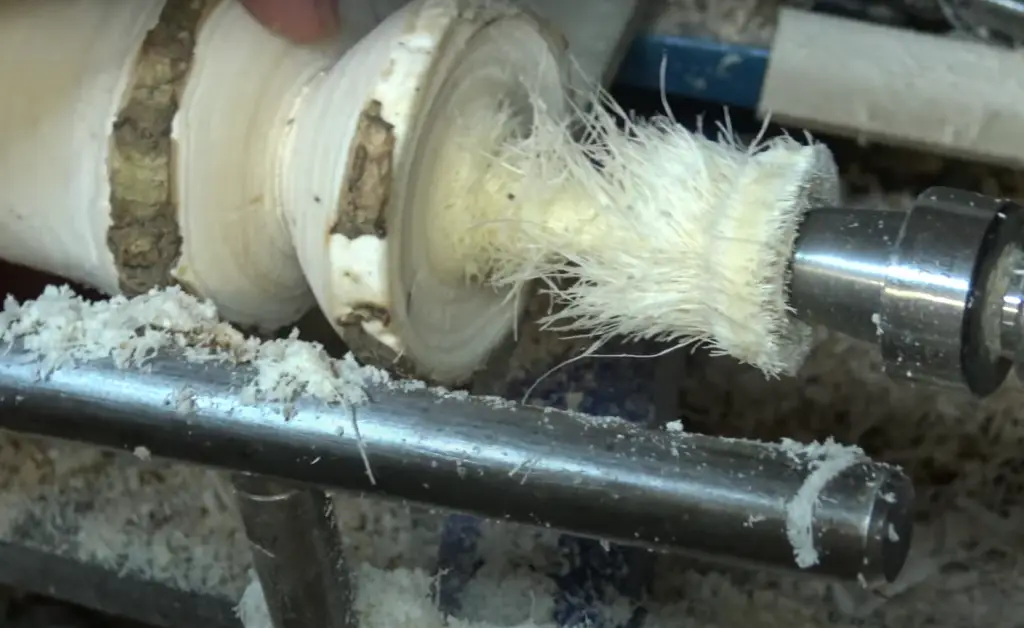Are you looking for a unique wood to use in your next project? Palm tree wood might be the perfect option, and it’s more than just a pretty face. With its rich history, diverse range of uses, and numerous benefits, this strong and durable timber is quickly becoming one of the top-rated recycled woods today.
In this blog post we’ll dive deeper into why palm tree wood deserves consideration when choosing which type of lumber best suits your project. From its distinct texture to its increased sustainability compared to other types of wood, let’s explore what makes palm tree timber so special!
What Are The Characteristics of Palm Trees?
Palm trees are recognizable for their unique shape and features. They are characterized by having a trunk that is unbranched, with fan-shaped or feathery leaves arranged at the top of the trunk.
Palm trees also have a thick layer of bark that helps protect them from fire and other elements. Their roots run deep and wide allowing for greater stability despite strong storms or high winds. Palms also produce a variety of fruits such as dates, coconuts, and acai berries which have become increasingly popular in recent years due to their health benefits. Some even produce beautiful flowers!

Overall, palm trees are an eye-catching and resilient plant that have become a staple in many landscapes. They are sure to add beauty and texture to any outdoor area. [2]
What Industries are Palm Trees Useful for?
Palm trees are useful in a variety of industries due to their hardiness and versatility. They are ideal for landscaping, providing beautiful ornamental accents as well as creating tropical-style outdoor living spaces. In the hospitality industry, palm trees can be used to decorate lobbies and other public areas. Palm trees also provide shade and cooling to many commercial settings, such as outdoor seating areas or parking lots.
In addition, palm trees are used in the production of certain items such as copra (dried coconut meat) and oil from the fruit of some species, which has a wide range of applications including soap making and cooking oil production. The leaves of certain palms can also be utilized for weaving mats, baskets, hats, and other crafts. Furthermore, certain species of palms are used as food sources for cattle and other animals. [3]
Palm trees are also a valuable resource in the construction industry, where they can be used to create durable building materials such as roofing thatch or split timber for fences.
Additionally, palm trees can be utilized for landscaping purposes such as soil erosion control or creating natural barriers around properties. Finally, some species of palms are even grown for medicinal purposes due to their healing properties.No matter what the industry is, it’s clear that palm trees offer many different uses and advantages to both businesses and individuals alike. [4]
Do Palm Trees Have Wood?
Palm trees do have wood. The trunks of many palm species are composed of a soft core made up of spongy parenchyma tissue surrounded by a layer of harder fibers. This combination makes the trunk strong enough to support the heavy fronds while still being flexible enough to resist strong winds. The hard, outer layer is what gives the palms their characteristic texture and coloration. Some species, such as coconut palms, also possess an additional protective layer composed of overlapping scales or fibers that can be removed in order to harvest the fruit or nuts from the tree. These fibers can also be used for various crafting purposes and are often referred to as “palmwood” or “palmetto wood”.

The wood from palm trees can be used in many applications, ranging from furniture and accessories to construction and boatbuilding. It is valued for its distinctive appearance, lightweight properties, and overall durability. [5]
Special Features Of Palm Tree Wood
Palm tree wood is an attractive choice for furniture and decorative pieces due to its durability and unique look. It is a hardwood that has a high density, making it resistant to splitting and cracking. The color of the wood ranges from light yellow or tan to dark brown with black streaks. It has a medium to coarse texture that makes it easy to work with and polish. Its grain has a distinctive appearance due to the small pores in its surface.
Palm tree wood is also rot-resistant, which makes it suitable for outdoor applications such as decks or patio furniture. Additionally, palm tree wood is naturally insect repellent. Due to its strength and durability, palm tree wood can often be used in place of other types of tropical woods like mahogany or teak.
It’s also an affordable alternative to more expensive exotic woods, making it a great option for those looking for a budget-friendly option. Palm tree wood is also surprisingly lightweight, making it ideal for constructing furniture that won’t be too heavy or difficult to move around. Overall, palm tree wood is an excellent choice for furniture and decorative pieces due to its unique appearance, durability, insect repellent properties, and affordability. [6]
Is It Hard to Extract Palm Wood?
In general, extracting palm wood is not necessarily difficult in comparison to other types of wood. For instance, it may be easier to extract than hardwoods due to its relatively softer nature. However, there are certain conditions that can make the extraction process more challenging, such as dense or tangled root systems and tricky terrain, which can present a safety hazard for workers and require specialized equipment.

Additionally, since the majority of palm wood comes from tropical regions where deforestation is rampant, legality may also come into play depending on the location. Ultimately, yes extraction of palm wood can be difficult in some cases but generally speaking it should not pose any major difficulties when compared with other types of woods.
Types Of Palm Trees Used For Palm Wood
Palm wood is a type of hardwood that can be used for a variety of purposes. Palm trees are the source of this quality wood, with some species being more suitable for use than others. Some of the most popular types of palm trees used for palm wood include:
Coconut Palm (Cocos nucifera)
The Coconut Palm is one of the most widely cultivated palms in tropical regions due to its successful ability to produce coconuts. It has strong timber which makes it an ideal material for building construction and furniture-making.
Canary Island Date Palms (Phoenix canariensis)
This was once the most popular species used for palm wood but now is only used in certain parts of the world, such as Florida. It has a light yellowish-white color and is known to be incredibly strong and durable.
Oil Palm (Elaeis guineensis)
This species produces an oil which is widely used in cooking, cosmetics and other industrial uses. The timber provided by this tree has a reddish-brown hue with great strength.
Betel Nut Palm (Areca catechu)
Also known as an Areca Palm, its timber has good hardness levels which makes it ideal for furniture making or cabinetry work. It can also be used for flooring due to its durability.
Sago Palm (Cycas revoluta)
This type of palm is often used for making musical instruments, tool handles and utensils. The wood has a light yellowish-brown color and is extremely hard and durable.
Queen Palm (Syagrus romanzoffiana)
The Queen Palm produces a timber that is light brown in colour with a good grain pattern. It can be used to make furniture, window frames or outdoor structures due to its strength and durability.
African Oil Palm (Elaeis oleifera)
This species yields an oil which is widely exported from Africa for use both domestically and commercially. Its wood also has great strength which makes it suitable for furniture making or cabinetry work. [7]

All of these palms provide excellent timber for use in a variety of applications. When selecting the right wood for your project, you should consider several factors such as color, strength and durability. Palm wood can be an ideal choice for both indoor and outdoor structures due to its resilience and beauty.
Top 15 Uses Of Palm Tree Wood
Furniture
The strong and flexible nature of palm wood makes it ideal for furniture making, such as chairs, tables, beds, cabinets, shelves and more. It is also an excellent choice for outdoor furniture due to its resistance to decay and weathering.
Doors
Palm wood is well-suited for making doors due to its durability and strength. Its natural properties also make it resistant to warping or cracking when exposed to moisture or temperature changes over time.
Musical Instruments
Due to its superior sound quality and flexibility, palm wood is a great option for creating musical instruments such as guitars, violins, drums and other stringed instruments. Its light weight makes it easier to transport from one place to another.
Boat and Ship Building
Palm wood is extremely resistant to decay and weathering, making it a great choice for shipbuilding and boat building as the construction materials need to be both strong and lightweight. The wood also has excellent water resistance, which makes it ideal for marine vessels.
Flooring
Palm wood can be used as an aesthetic flooring option in homes due to its attractive grain pattern and natural color variations. It requires minimal maintenance and is strong enough to withstand wear and tear over time without suffering any damage or losing its appeal.
Carvings
Palm wood is a favorite material for carvers due to its malleability when working with tools, allowing them to create intricate shapes and designs with ease. It is also easy to stain or paint, making it a great choice for decorative items.
Home Decor
Palm wood can be used to create beautiful pieces of home decor such as wall hangings, clocks, lamps and figurines. The attractive grain pattern of the wood makes it ideal for creating eye-catching pieces.
Jewelry
The light weight and hardness of palm wood makes it an excellent option for jewelry making due to its ability to hold up under pressure without breaking or cracking when carved into intricate designs. Additionally, the natural color variations make each piece unique and special.
Cabinets
Palm wood is often used in cabinets due to its strength and durability, as well as its attractive grain pattern. It is also resistant to water and decay, making it ideal for bathrooms or kitchens where moisture levels can be high.
Toys
Palm wood is an excellent choice for wooden toys due to its durability and lightweight properties. The natural color variations make each toy unique and attractive, while the strong material ensures that they can withstand playtime wear and tear without suffering any damage.
Model Ships
Palm wood is often used in the construction of model ships and boats due to its strength, flexibility, and resistance to decay. It is also easy to work with tools, allowing for intricate details such as flag masts or sails.
Gifts
The unique color and grain pattern of palm wood make it a great choice for creating gifts such as jewelry boxes, picture frames or keepsake containers. Its light weight makes it easier to transport from one place to another without risking damage.
Crafts
Palm wood is commonly used in crafts such as birdhouses, decorative plaques or puppet theaters due to its malleability when working with tools and its attractive appearance. Its natural properties make it resistant to water damage or cracking over time.
Artwork
Palm wood is an excellent choice for creating artwork due to its attractive grain pattern and natural color variations. It can be carved or painted on, allowing for intricate details and stunning displays of artistry. Its light weight also makes it a great option for large wall hangings or sculptures.
Shelving
Palm wood makes a great option for shelving due to its strength and attractive grain pattern. Its natural properties also make it resistant to warping or cracking when exposed to moisture or temperature changes over time, making it ideal for both indoor and outdoor shelves. [8]

These are just a few of the many uses for palm wood. No matter what your project may be, this type of wood is strong, flexible and sure to last you many years to come!
FAQs
What are the uses of palm wood?
Palm wood has a variety of uses. It is often used to make furniture, flooring, tools, and decorative items. It can also be used in construction and craft projects. Palm wood has a high resistance to decay and insects, so it can last for many years if properly cared for. Due to its durability, palm wood is an excellent choice for outdoor furnishings and landscaping projects. Additionally, some species of palm trees produce oils that are used in different types of products such as cosmetics or bioplastics. Wood can also be burned as firewood or processed into charcoal for cooking purposes.
Palm wood can typically withstand more wear and tear than many other woods, and often does not require additional treatment or finishing for outdoor use. It also takes paint well, so it is popular for decorative purposes. However, because of its density, working with palm wood can be difficult due to the risk of splitting or breaking during manufacturing processes such as sawing or planing.
Is palm a hardwood or softwood?
Palm is classified as a hardwood, although it has some characteristics that make it distinct from other hardwoods. The wood of the palm tree is dense and strong compared to most softwoods, making it suitable for use in furniture and construction.
What are palm tree trunks made of?
Palm tree trunks are typically made of a combination of fiber and woody tissues. The most common type of palm tree has a trunk composed of two distinct layers. The first layer is made up of mostly soft fibers, while the second layer consists of harder, more rigid tissues. These hardwood cells form concentric circles that give palm trees their characteristic texture and strength. Palm trees also have additional protective layers on the outside such as bark or waxy cuticles which further protect the inner core from physical damage and disease. In general, palm tree trunks can be incredibly strong and durable! In addition to being strong and durable, some types of palms have evolved special characteristics that help them thrive in certain environments.
Does palm wood rot?
Palm wood does not have the same level of durability as many other hardwoods and is therefore more prone to weathering and decay. In addition, due to its high natural oil content, it can be vulnerable to insect damage. Proper maintenance is essential for preventing palm wood from rotting, including regular cleaning with an appropriate cleaner and applying a sealant every few years.
With proper care and maintenance, you can ensure that your palm wood stays strong and secure for years to come.Useful Video: IDEA CORNER: Products from Palm tree Eps 01
The Bottom Line
In conclusion, using palm wood for sustainable building products is an interesting and creative trend that could be even more revolutionary than we think. It is a lightweight yet strong material with excellent characteristics such as flexibility and UV resistance. Palm wood is also incredibly versatile and can be used for a variety of applications from furniture to flooring, testing the possibilities of utilizing this renewable resource for various sectors.
Its versatility and durability make it an excellent choice when creating finished products that will last for many years and with minimal maintenance demands. We are just beginning to scratch the surface of what this innovative material has to offer; the possibilities seem endless! So let’s embrace palm wood as a green alternative for building products, supporting its production while also encouraging business owners to explore new ways in which it may be useful. Together, we can make a meaningful difference through eco-friendly practices such as utilizing the qualities of palm wood.
References:
- https://praysweateatrepeat.com/2022/09/13/3-characteristics-of-palm-trees/
- https://www.jardineriaon.com/en/characteristics-of-palm-trees.html
- https://treejourney.com/things-palm-trees-are-good-for-and-why-theyre-important/
- https://ecocation.org/palm-tree-uses/
- https://ecocation.org/palm-tree-wood/
- https://finland-wood.com/palm-tree-wood/
- https://www.missionpalmtrees.com/different-types-of-palm-trees.html
- https://gardeninghood.com/what-is-palm-tree-wood-used-for/










Leave a Reply
View Comments